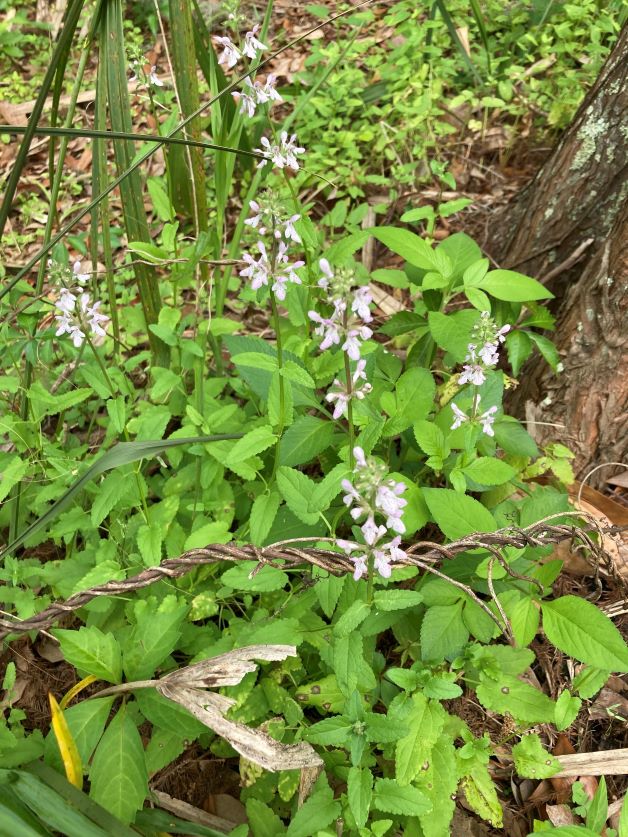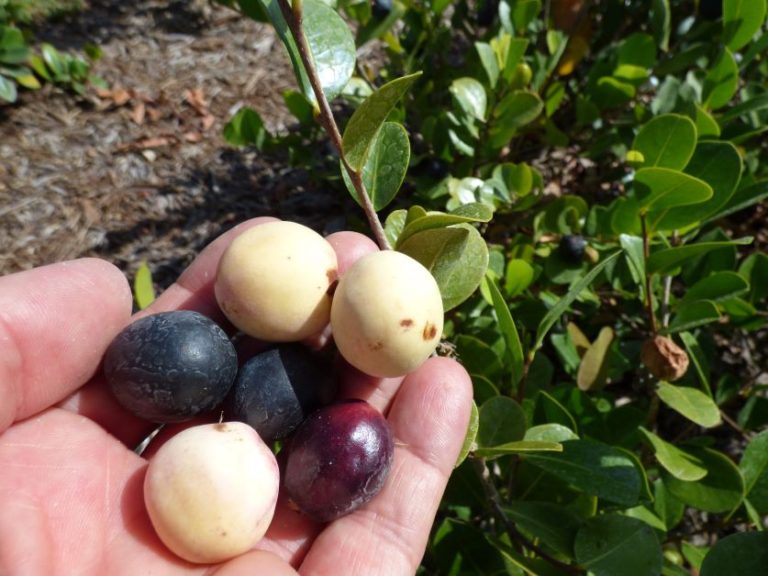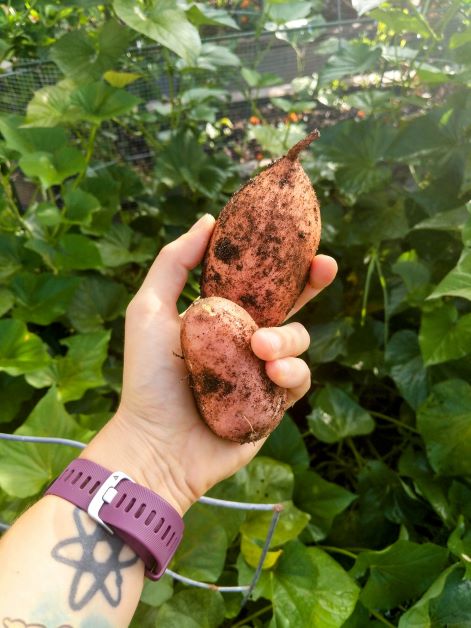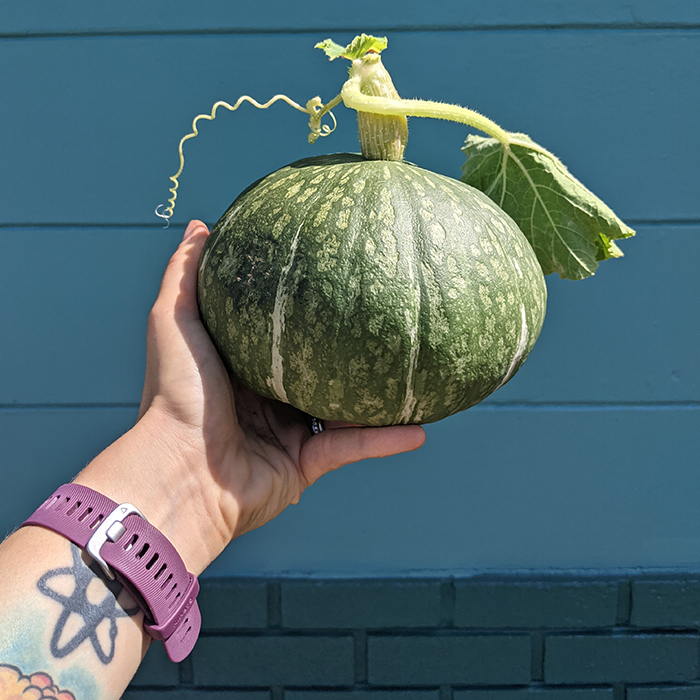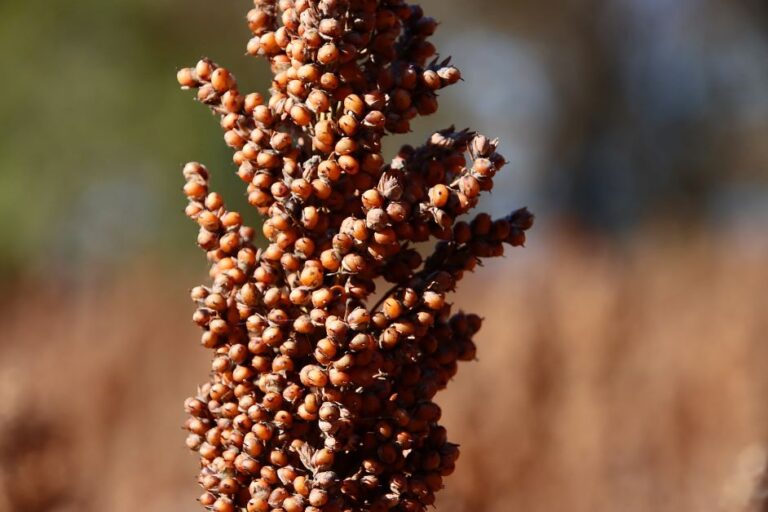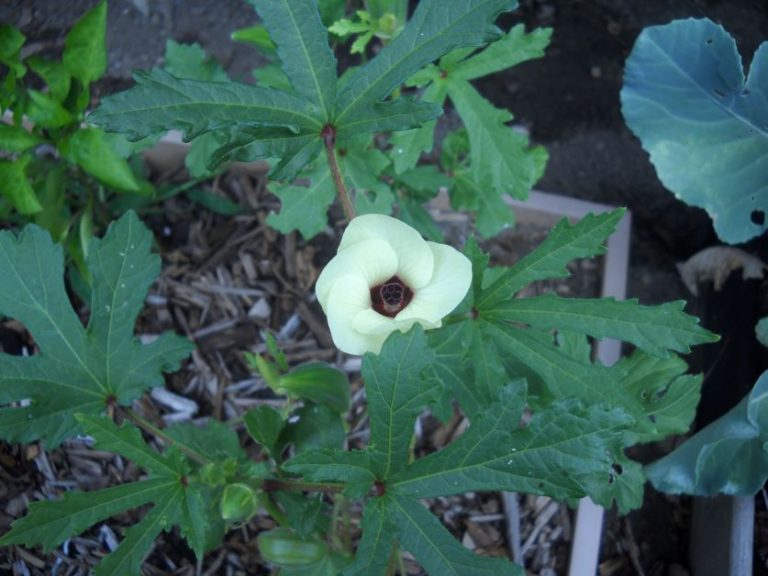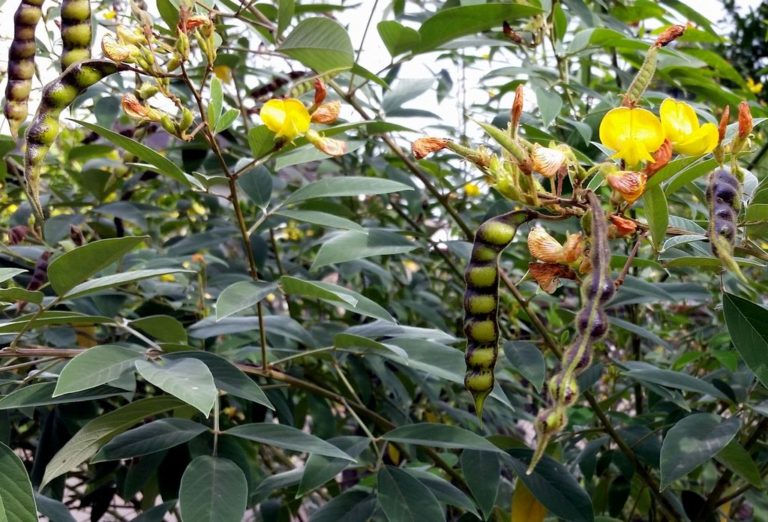What is Florida Betony?
Florida betony is a little bit controversial – you either love it or you hate it. Learn about the wild edible Florida betony in this comprehensive guide.
What is Florida Betony?
Florida betony (Stachys floridana) is a perennial Florida native wildflower that’s related to mint. If you know anything about mint, then you know that is an aggressively spreading plant that can be invasive if left unchecked. This plant is no different. Florida betony grows mostly wild and can be a nuisance. Some people use herbicides to rid Florida betony from their turfgrass, but I urge you to ditch the chemicals and embrace the betony as a wild edible.
Florida betony is also known as:
- rattlesnake weed
- wild artichoke
- Florida radish
- Florida hedgenettle
Why is it called rattlesnake weed?
Florida betony earned the nickname rattlesnake weed because their tubers look a bit like the rattle-end of a rattlesnake. Rattlesnake weed makes it sound like this plant is either poisonous or has anti-venom properties, but neither is true.
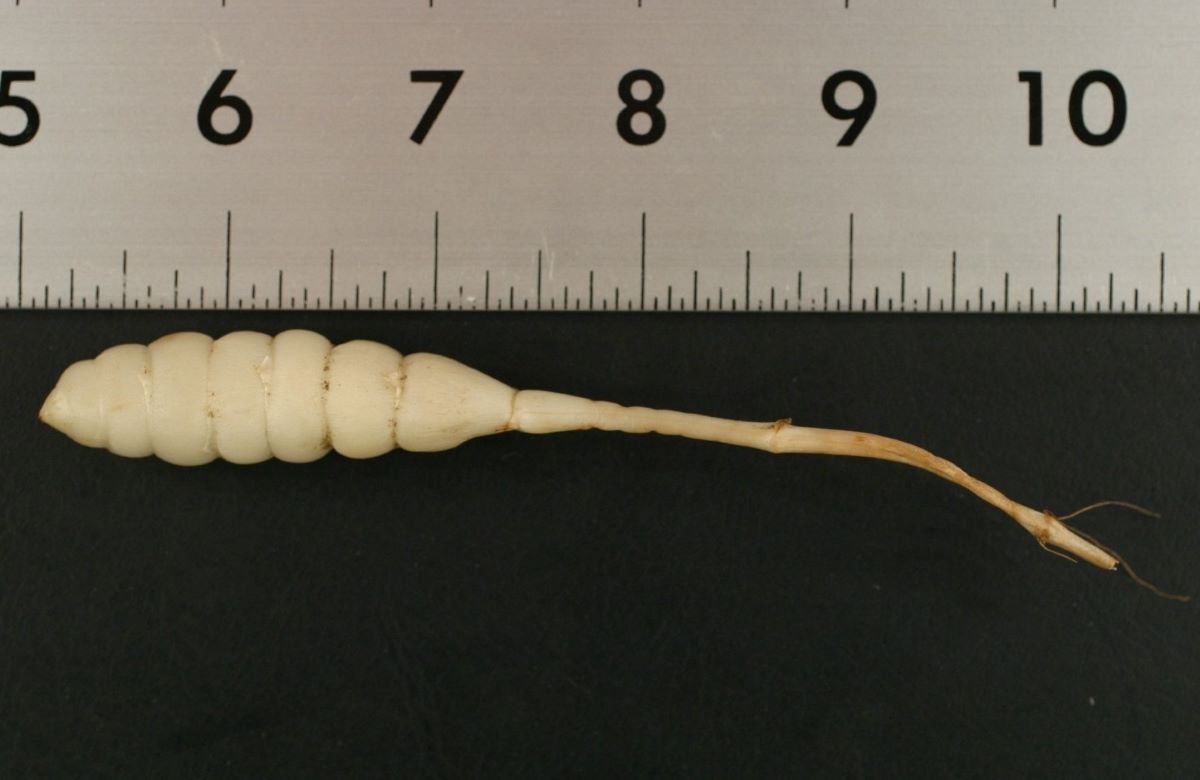
Where to find Florida betony?
Florida betony can grow anywhere in Florida, urban areas, fields, wooded areas, along the roadsides…this is not a picky plant. If you want to harvest Florida betony tubers for eating, they’re best in spring. Florida betony flowers are small, whitish purple, and understated. They grow in clusters up the stalk of the stem from March until June.
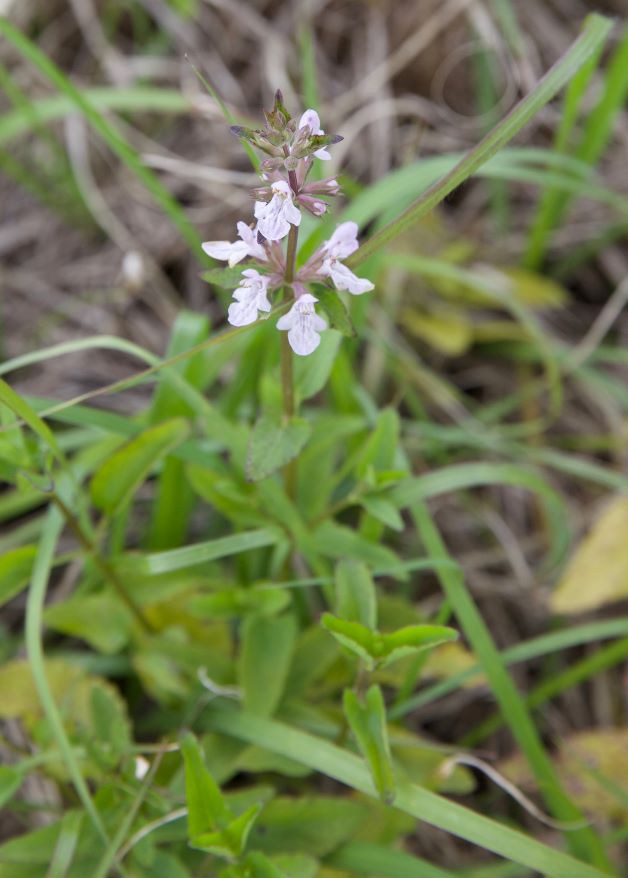
Because most people consider Florida betony a weed, you may have a hard time finding seeds or tubers to plant. Sometimes, you can find Florida betony tubers online. You can also use the Florida Association of Native Nurseries database to find a native nursery near you that may carry Florida betony.
What is Florida betony good for?
Although many people complain about the invasiveness of Florida betony, this is a delicious wild edible that also attracts bees and butterflies. The tubers have a pleasant crunchiness and a mild flavor reminiscent of water chestnut. Some people also describe them as a radish that’s a little sweet rather than spicy. You can eat Florida betony raw in salads, sautéed in stir-fries, or as pickles.
Florida betony leaves are also edible. They taste best when harvested when they’re young and tender. You can eat them raw, cooked, or dried into tea. You can also eat Florida betony seeds.
How to plant Florida betony
It’s possible to plant Florida betony from seed, but it’s much easier and quicker to grow them from tubers. Plant a Florida betony tuber a few inches into your soil and water it in.
This plant can be invasive so I recommend only growing Florida betony in containers. If you plant Florida betony in the ground, it will not stay put and you will find yourself digging it up in unwanted places. Because it spreads via rhizomes, completely ridding yourself of Florida betony is an almost impossible task after it’s established. It’ll even grow back if you mow it down.
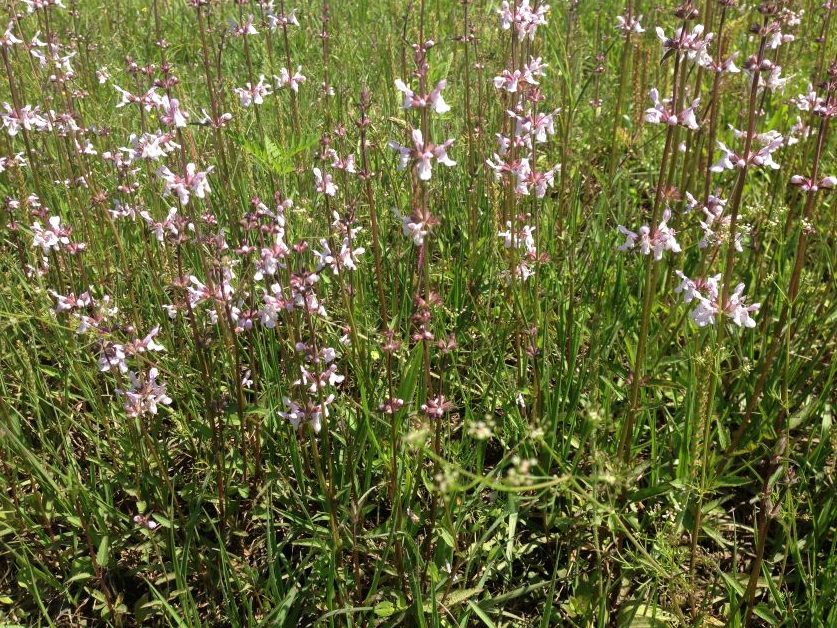
When growing Florida betony in containers, you may want to put something underneath as a barrier between your betony container and the ground. A tarp, weed guard, or a thick layer of mulch should work. This barrier will help stop your Florida betony from spreading by establishing runners or by dropping seeds.
To make the most of your harvest, I’d recommend growing Florida betony in a 10-gallon container or a DIY grow bag. Although Florida betony isn’t picky, fill your container with a mixture of well-draining potting mix and sand for best results.
Florida Betony Growing Conditions
Floridians have a harder time killing Florida betony than they do growing it. To call this plant low-maintenance would be an understatement.
Temperature
The USDA hardiness zones for Florida betony are 7 through 11. They thrive in warm weather and die back during times of frost.
Light
Florida betony does best in full sun to part shade.
Water
Drought tolerant once established, Florida betony doesn’t have any special water requirements.
Soil
Florida betony will grow in any type of soil: rich, loamy, sandy, clay, damp, or dry.
Fertilizer
There are no special fertilizer needs for Florida betony.
Is rattlesnake weed poisonous?
No, rattlesnake weed isn’t poisonous to humans. Toxicity for cats and dogs isn’t as clear, although it seems unlikely that rattlesnake weed is poisonous for pets – some people use rattlesnake weed as chicken feed and others have caught wild hogs digging up Florida betony tubers in their yards. To play it safe, you may want to call your vet for advice if your pet ingests rattlesnake weed.
When to harvest Florida betony
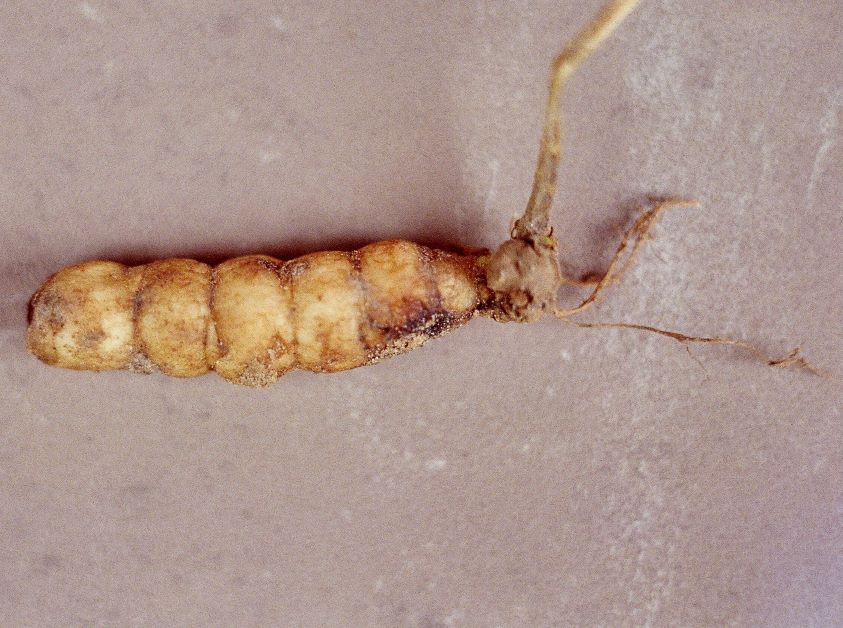
In Florida, it’s best to harvest Florida betony tubers in spring, when the tubers are white and crisp. If you wait until summer or fall, the tubers will be brownish, soft, and not very good eating. The tubers break apart rather easily during harvest, so do your best to be gentle when digging them up.
Featured image photo credit: Florida Wildflower Foundation

